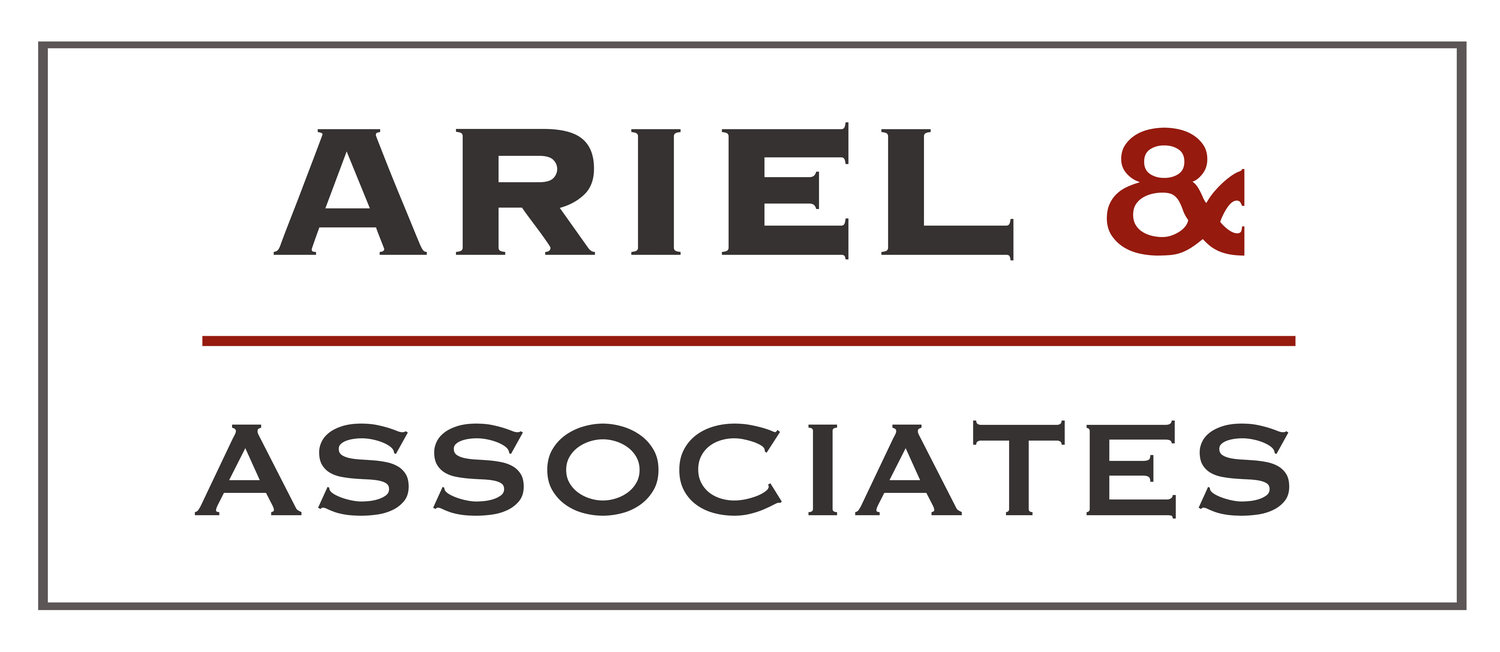Section 127(2D) of the Australian Securities and Investments Commission Act 2001 (Cth), permits ASIC to disclose details of specific financial reporting and audit quality findings to directors, audit committees, senior management, responsible entities or disclosing entities.
The rationale for ASIC to communicate its findings is for entities to properly manage their affairs by way of:
Taking action to address deficiencies in the organisation’s financial statements.
Improving internal procedures and systems.
Engaging with the auditor about ways to improve audit quality.
The scope by which ASIC undertakes audit inspections primarily focuses on recognition and measurement issues, (for example, material misstatements of financial results), however it does not take into account matters that are within a range of reasonableness, or issues relating to the interpretation of accounting or auditing standards (as these would be appropriate for the relevant standards setting body).
There has been a discussion as to what constitutes the criteria for communicating such findings - that is, the debate over subjectivity v objectivity. ASIC recently sought industry submissions (via Consultation Paper 265), before issuing Regulatory Guide (“RG”) 260 - Communicating Findings From Audit Files to Directors, Audit Committees or Senior Managers.
The following relates to the criteria for communicating financial reporting findings:
Material Misstatements in Financial Reports
ASIC will initiate communication where it believes that an entity’s financial report is misstated in a material manner.
ASIC has detailed the following criteria for communicating audit quality findings:
Failure to Obtain Reasonable Assurance
ASIC will initiate communication where it believes that an auditor has not obtained reasonable assurance that the financial report is free of material misstatement. ASIC will take into account the following:
The severity of the matter.
Whether the auditor has already made appropriate disclosures.
Whether the auditor has remediated ASIC’s previously stated concerns.
Whether the issues have had a detrimental affect on other entities.
The standard of audit work undertaken.
Addressing Findings From Previous Years
An auditor has not adequately addressed concerns raised by ASIC in a previous audit period.
Assessment of Independence Requirements
ASIC does not believe that the auditor satisfies the independence or professional requirements.
Potential Enforcement Action
ASIC may inform the directors of severe deficiencies in the audit process so that they may take appropriate action (for example, audit removal / resignation).
Other Areas of Concern
The entity does not produce the relevant documentation that ASIC has seen on the audit files.
Information available to the auditor and directors is inconsistent.
The directors are not conversant with details of an overseas subsidiary.
ASIC RG 260 also provides details of the process and timing of such communications, as well as explaining the rationale of reviewing the audit files as part of ASIC’s routine audit firm inspections.
ASIC Report 533 can be found by clicking here.
ASIC RG 260 can be found by clicking here.
Should you have any queries about ASIC or other issues involving compliance, licensing, or corporate governance, please contact Jeremy Danon, director of Ariel & Associates Pty Ltd on (02) 8223 3355 or at jeremy@ariel.associates.
